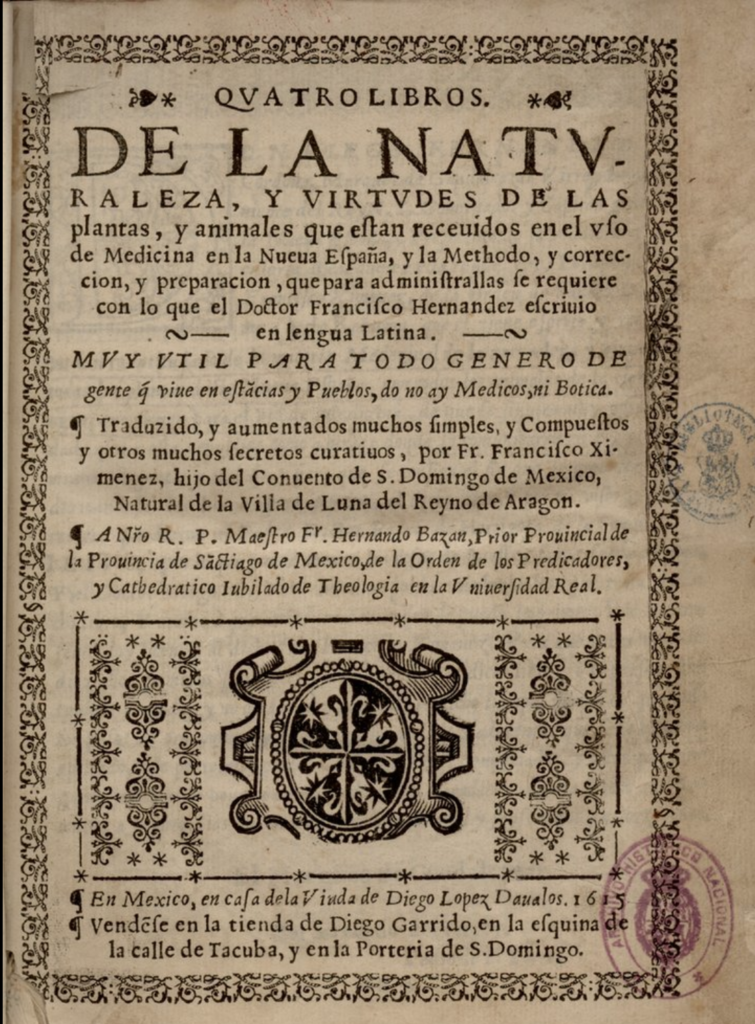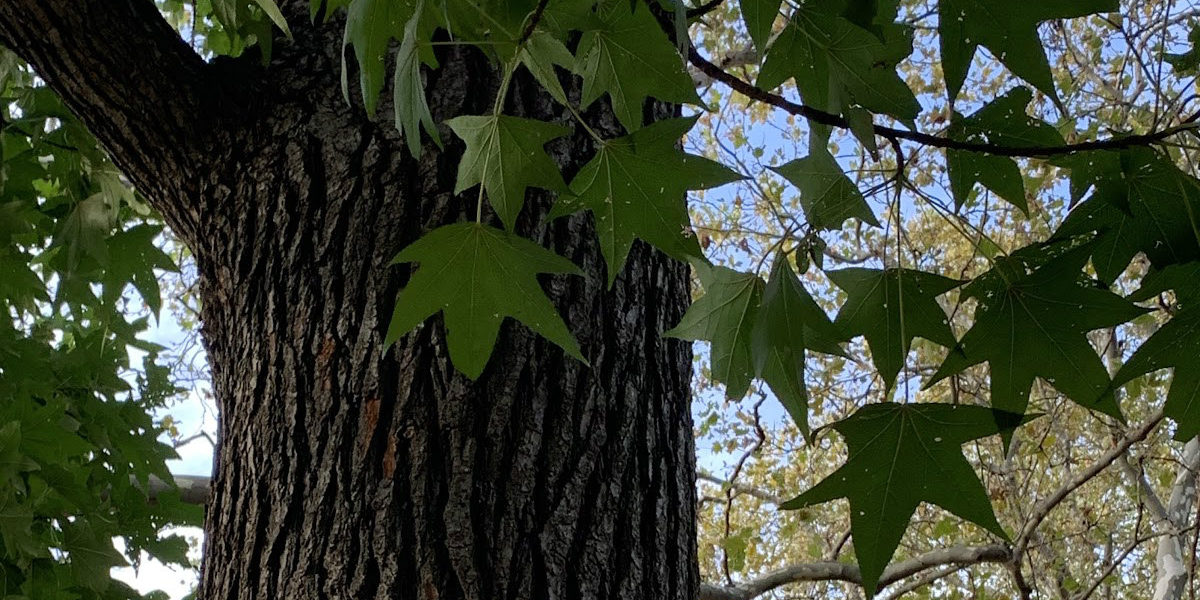An American Original
Though we love New York, it is nice to take a break from it from time to time. This year we were lucky to spend most of the summer in Spain, and the majority of that time removed from anything resembling an urban setting, up on mountain village not far from the Atlantic coast, surrounded by fields, forests, and monumental trees, some of them incredible old.
Among trees, however, one is never a stranger. Aside from the eucalyptus, an invasive cash timber that has taken over a great deal of green land in northern Spain since its insertion in the second half of the twentieth century, I found myself surrounded by the same familiar species that grow in and around New York City. Some of them were the European counterpart of trees that we’ve talked about here at Go Green Brooklyn, such as elms, figs, oaks, holly oaks, and yews. Many others were trees we haven’t discussed before, but can be easily found on this side of the Atlantic—beeches, planes, live oaks, birches, maples, poplars, etc. Other northern temperate trees that don’t naturally occur in Europe were a less common sight. I think I saw a few dogwoods growing in yards we drove by, but I was never close enough to be sure. I also saw black locusts, or some other species of pseudo-acacias, also common in North America. I even saw a western sequoia growing in Oviedo’s lovely Parque de San Francisco. Yet I didn’t see the wide leaves of the catalpa nor its cigar-shaped seed pods, a personal favorite fixture of the Eastern US landscape.

Back home here in New York, the native species unique to North America stood out against my recent experience. Walking through Central Park after a visit to the dentist, I was struck by the high branches of a majestic sweetgum—thousands of star-shaped leaves waving against a heavy sky. Here was one of those unique native wonders that I missed while in Spain. More than a hundred sweetgum trees grow in Central Park. Their presence in the area actually precedes the construction of the park.
As I admired this specimen’s aplomb, I realized I knew next to nothing about this impressive native tree. In fact, until fairly recently I mistakenly associated its characteristic palmate leaves with a type of maple. The leaves of the sweetgum can resemble the leaves of the maple, but maples and sweetgums belong to different families.

The sweet gum, Liquidambar styraciflua, is part of a rather small family of only one genus known as the Altingiaceae. The widely distributed maple is part of the much larger Sapindaceae family and includes trees as different as the Japanese maple, the horse chestnut and the lychee. Like the maple, the sweetgum is also known for the rich spectrum of color it displays as its leaves decay in the fall. But the sweetgum is not only a treat to our eyes. It is also the source of a sweet scent, an aromatic preamble to other less obvious properties.
A Fragrant Cure
Liquidambar styraciflua owns its generic name to the similarity between tree’s viscous resin and the fossilized resin we know as amber. The first known written description of the tree was composed by Francisco Hernández de Toledo (1514–1595), a physician commissioned by King Philip II to study the medicinal plants of New Spain, as that area of the Americas was known to Europeans then. The text, included in a book published in 1615, years after his death, contains the first reference to the sweetgum’s resin and its characteristic aroma, which Hernández de Toledo describes as “very similar to storax in the softness of its scent.” When pondering the healing properties of the tree’s secretion—the purpose of his mission was to observe the medicinal properties of plants and the healing practices of the native population—, Hernández affirms that “it fortifies the stomach […], strengthens the heart, […] and induces slumber.” He even states that “its aromatic smoke relieves headaches caused by cold.” Hernández de Toledo also describes the properties of an oil that spontaneous seeps from the tree, claiming it to be useful in the treatment of inflammations, excessive flatulence, and a number of other ailments.

The USDA Natural Resources Conservation Center Plant Guide documents the use of the scented resin and bark for medicinal purposes among the Cherokee, Choctaw, Koasati, Rappahannock, and other Native American tribes. Some of the uses listed are similar to those described by Hernández de Toledo in his observations. Examples include a mixture of the plant with tallow for the treatment sores, cuts, bruises, and ulcers; a mixture of the scum of the boiled bark with other plants for dressing wounds; drops of the sap taken before meals as a fever reducer; and forms of the sap and inner bark used against diarrhea and dysentery. Its use as a sedative, also suggested by Hernández de Toledo, is documented in the Plant Guide as well.
A passage included in John Parris’ The Cherokee Story, a compilation of stories from Cherokee elders and other Appalachian folk published in 1951, describes another traditional use of the hardened sweet gum’s resin: ‘Sweet gum made another mighty fine chewin’ gum. But it was somewhat bitter tasting.’ The quote from the passage, credited to the author’s grandfather, is featured in an article from a Virginia nursery website, but a variety of other sources, mention the practice among Native Americans, which not only included the sweet gum’s resin, but resins from other trees as well, such as pine, spruce, and birch.
To these traditional uses, I will add that the sweet gum is actually an important commercial crop, especially in the southeastern states. The wood, dense and heavy but not very flexible, is harvested and used in the production of a number of materials and objects. But I much rather think of the sweetgum as a living, breathing presence in our urban and rural landscapes than as the finishing layer of a piece of furniture or the timber of a wooden crate.
Sweetgums of Greenpoint
According to a New York Times article published in 1981, the sweet gum was considered a Southern tree. It only started expanding its range northward, due to a moderating climate around the time, when Europeans started to settle in this area. It is now part of New York’s natural environment, as its abundant presence in and around New York City can attest. The sweet gum needs very little care: it generally doesn’t require any pruning and it’s resistant to insects and common tree diseases. If we add the flaming beauty of its fall foliage, it is easy to understand why urban tree planters favor this species. Some people do complain about the spiky fruit (gumballs) that covers sidewalks and lawns as they fall. A matter of taste: I actually think they look like capricious ornaments both as they ripe on the branches before releasing their seed or lying dry and empty on the ground. Just be careful not to step on it barefoot!
Sweet gums can be found pretty much everywhere in Greenpoint. They are planted on Dupont, Jewel, Green, Huron, and Java streets, just to name a few. A small number are found along an isle on McGuinness Boulevard, and I know of at least one specimen in Transmitter Park. The largest and probably oldest sweet gum in our neighborhood grows in McCarren Park, right on the Bedford side. The tree is a towering presence, holding its own next to the impressive oaks and planes that also grow on that side in the park.

My suggestion is to go find your own favorite. They are easy to spot: just look for those star-shaped leaves and get closer. Make it your friend; touch it, smell its leaves. Go see it often now that the new season just started. Maybe you’ll get to see its leaves gradually changing from yellow to orange to red to purple as fall fades into winter. Maybe the leaves will dry and fall before they get any color. It really doesn’t matter. Befriending a tree is a reward on its own.



